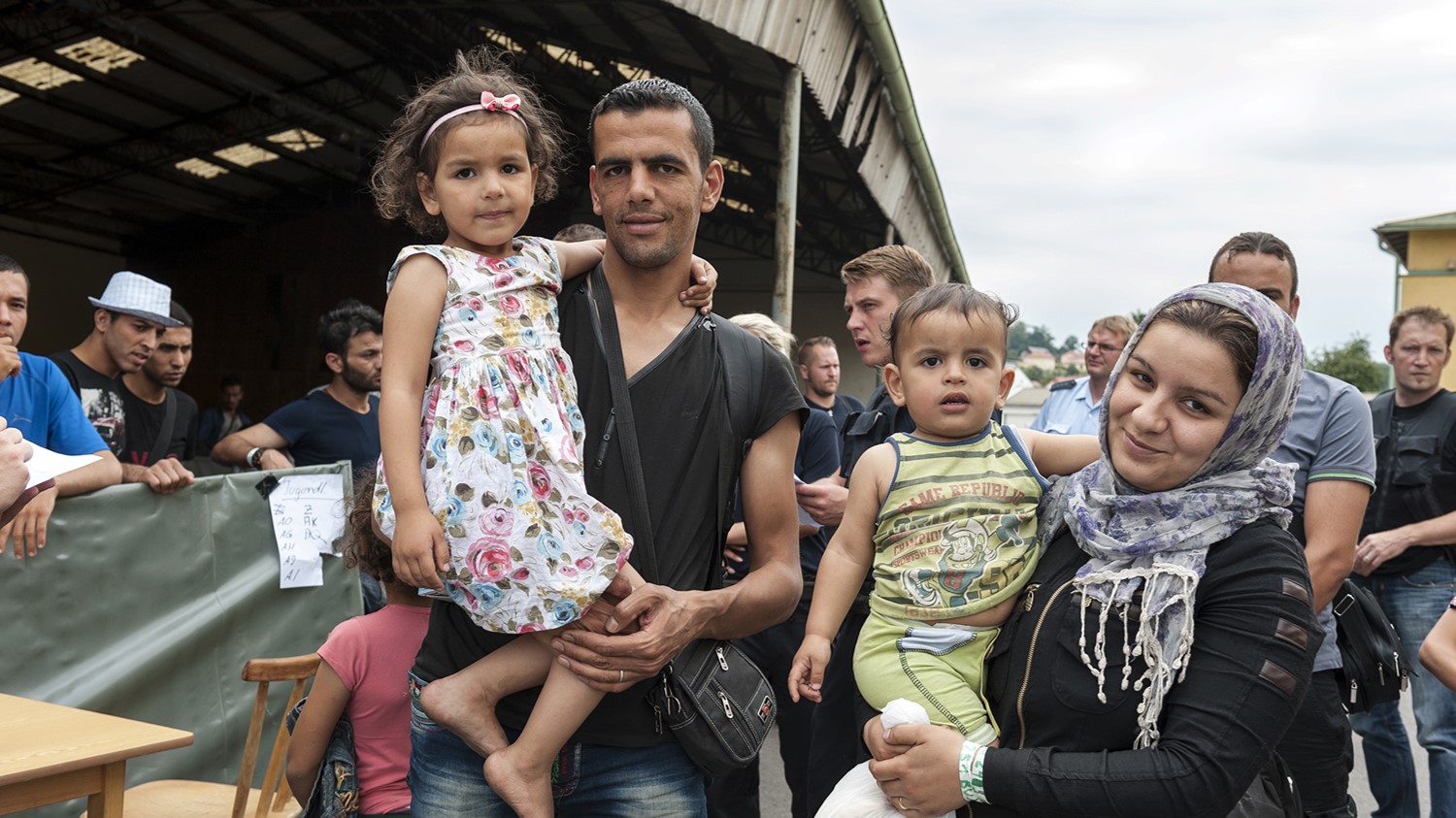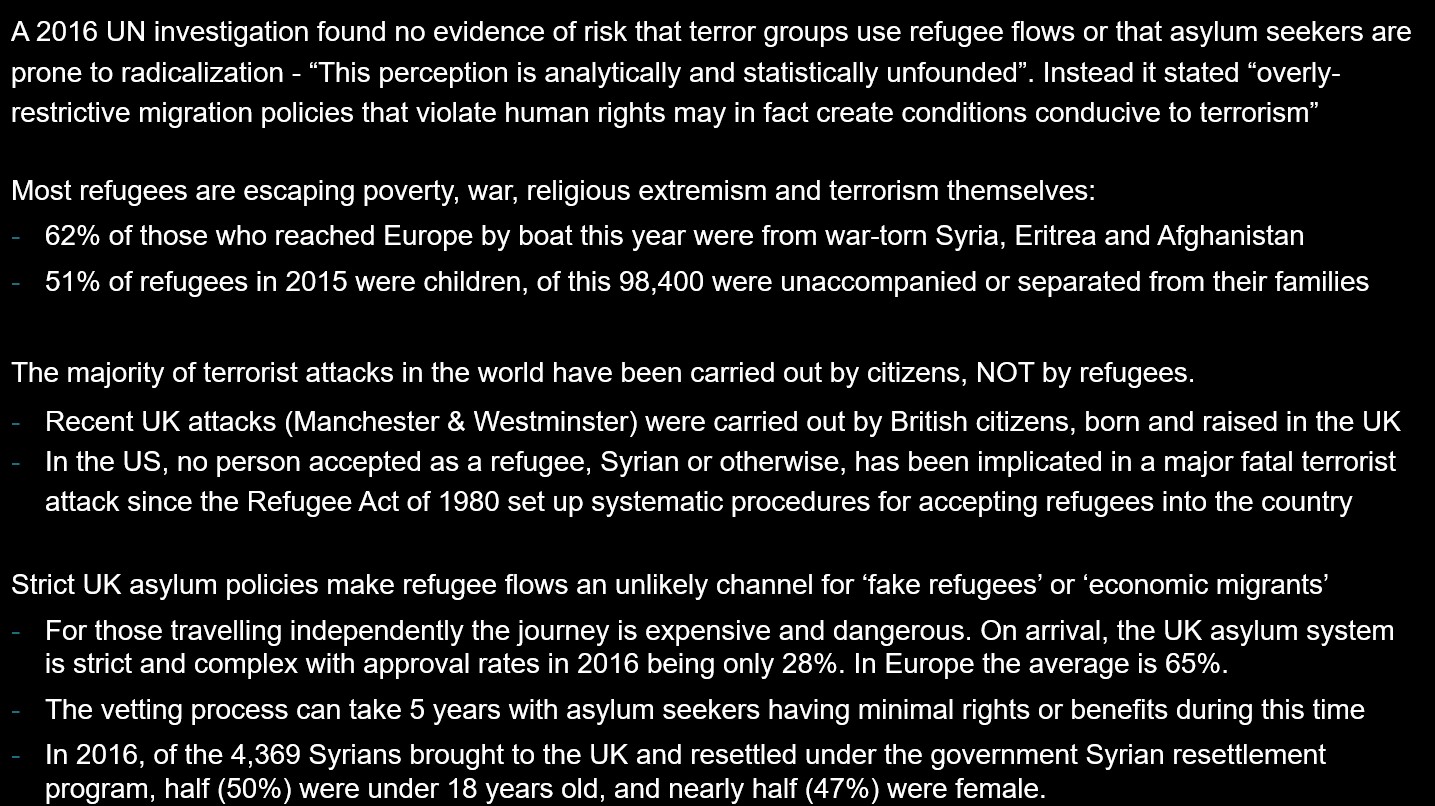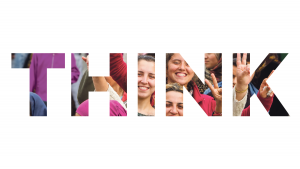
The world is currently facing the largest refugee crisis since World War II. There are 22.5 million refugees in the world. And the largest group, 5 million, are refugees from Syria. At the same time, refugees have negative connotations, with the European public’s propensity to help being on shaky ground.
We investigated whether increasing public education of the refugee crisis by tackling the most prevalent barriers to support with targeted communication, can positively influence a change in public attitudes and behaviours. To achieve our goal our study consisted of four main objectives:
- Add to current literature on public understanding and sentiment towards refugees
- Identify the most prevalent barriers to the European (UK and Germany) public supporting refugees taking refuge in Europe
- Identify the most prevalent barriers to the European (UK and Germany) public taking action in support of refugees
- Identify the most effective communication strategies to address these challenges (UK).
We hypothesised that by increasing public awareness and education, revealing the personal stories behind the “refugee” label, and using a targeted communication strategy, it is possible to positively influence public perceptions. However, we also aimed to drive behavioural support and were not convinced this was a realistic goal among those who currently oppose refugees in Europe. Thus, to achieve our objective we targeted two different segments:
- Attitudinal target: those who oppose refugees coming to their country but are open to learning more about the crisis
- Behavioural target: those who do not oppose refugees coming to their country but do not currently take action in offering their support (e.g. donating, volunteering).
Our research was designed based on five underlying principles:
- Qual-Quant Integration: Using traditional open-ends and video responses valuably enriched our understanding of public sentiment and the ways in which key barriers need to be tackled. Our integrated approach provided a holistic, nuanced and accurate understanding of public perceptions, whilst achieving the speed, scale and validity delivered by a quantitative survey.
- Timed responses: to capture immediate, non-rationalised associations with the term ‘refugee’ respondents were given 20 seconds to provide a one-word answer.
- Behavioural measurement: At the end of the survey participants were given the opportunity to take action in support of refugees by clicking on a website link to sign a petition, donate money, volunteer, or any other action. This behavioural measurement provides an added layer of insight into the effectiveness of communication tested and the validity of respondents’ attitudinal conversion.
- Actionable Insights: We used annotated heat maps, in combination with our qualitative analysis to gain a precise understanding of what information resonates most strongly and why.
- Iterative Process: to successfully target the right communication to the right people we deployed an iterative, two-phase process, in which the learnings from Phase 1 informed the design and focus of Phase 2.
Phase 1
The purpose of our first phase was to be exploratory, our objective being three-fold:
- To gain a holistic picture of public sentiment towards refugees
- To identify the three most prevalent barriers to attitudinally and actively supporting refugees in Europe
- To understand the underlying drivers of these barriers to create targeted communication to test in Phase 2.
We evaluated 14 barriers for our attitudinal target group and 12 for our behavioural target group, using a Maximum Differential scaling trade-off methodology based on Bayes Theorem to rank their importance. To select the three most important barriers to tackle in Phase 2 we used TURF analysis. With this methodology we were able to identify the combination of barriers that would have the biggest penetration rate within the population.
Phase 2
Phase 2 aimed to identify the type of communication that is most effective at tackling our selected barriers, by triggering a change in perception or willingness to actively help refugees.For each barrier we tested three types of communication. For our attitudinal target group we tested a personal story and factual information, both related to a specific concern, and a general personal story that incorporated multiple non-specific elements relating to the refugee crisis.

In contrast, our behavioural target group were presented with information on different opportunities to actively support refugees. Our study reveals there is opportunity to turn a corner on negative perceptions through a targeted communication strategy. We find the biggest barrier to attitudinal support is the easiest to tackle and almost 90% of our behavioural target positively impacted by the communication tested chose to take action at the end of the survey. However, interestingly, we uncover that some barriers are easier to overcome than others, the most effective form of communication depends on the barrier being tackled and outcomes differ in terms of the type of support triggered. Our key finding were the following:
- The first and most important finding is that it is possible to positively change peoples’ perception of refugees and drive supportive action.
- One message doesn’t fit all. Personalized messages have the biggest impact on peoples’ perceptions, compared to more generic stories.- Whether statistics or an individual refugees’ personal story is most effective at countering public concerns depends on the barrier being tackled- There is a need for communication to more clearly differentiate between refugees and economic migrants as they are often grouped together, being perceived to have an equally negative impact on society
- There is an opportunity to increase positive action by educating people on the different ways they can contribute to helping refugees (e.g. donating clothes, volunteering etc.)
Our project therefore consults on the biggest opportunities available for stakeholders, in terms of which segment to target depending on their objective and provides actionable guidelines on how best to communicate to trigger positive change.
Going forwards, we feel there is opportunity for further research to uncover the extent to which UK findings are similar in other European markets and countries where refugees are a concern, in order to continue consulting on how to turn a corner on negative perceptions and increase public support for refugees.

Nijat Mammadbayli, Research Analyst, SKIM, Netherlands
Patricia Dominguez, Senior Research Analyst, SKIM, UK
Samantha Bond, Research Manager, SKIM, Netherlands
